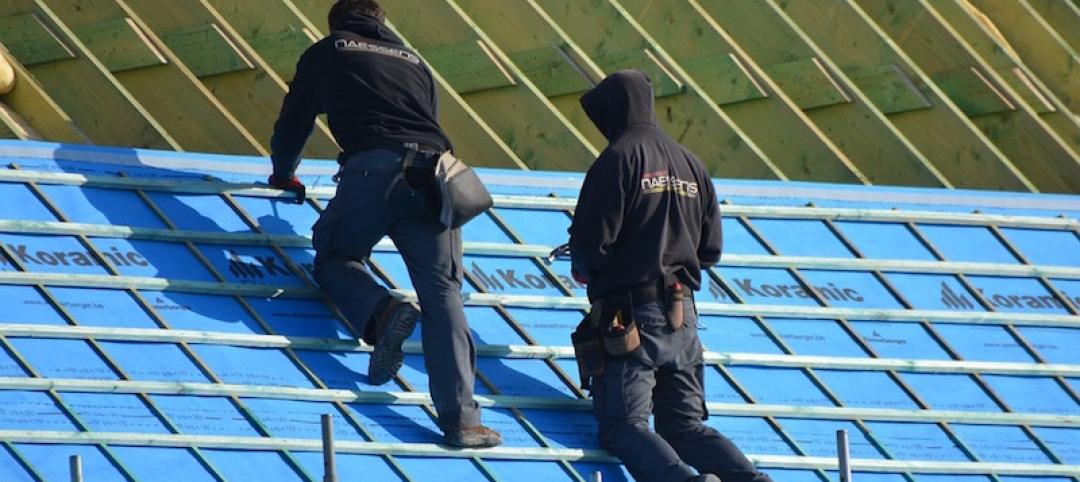As record-high office vacancies persist in U.S. urban areas, cities are rethinking zoning policy.
More cities are modifying single-use downtown zoning to encourage office conversions to multifamily and mixed-use developments. And with good reason, as mixed-use neighborhoods on average have weathered pandemic shutdowns better than single-use business districts.
With most downtown-based workers embracing work-from-home options, the conception of office-only city districts that go vacant at night may be outmoded. In Washington D.C., for example, a record office vacancy rate of more than 18% has fueled a trend of office-to-apartment conversions.
Officials in D.C. and New York City are debating zoning changes to spur more of these conversions. New York officials are particularly focused on the mid-town Manhattan office district, though many towers targeted for conversion in that area were built in the 1960s. These buildings, with most of the square footage configured on large floor plates inside windowless building cores, make for a significant design challenge to convert them to residential use.
Related Stories
Codes and Standards | Nov 29, 2016
New OSHA rules to reduce fall and trip hazards
Employers can choose from a variety of fall protection systems.
Codes and Standards | Nov 29, 2016
Seattle imposes new construction regulation to address rat problem
The city ranks first in U.S. in rat population.
Codes and Standards | Nov 28, 2016
Construction groups sue New York City over crane safety regulation
The rule bans cranes from operating when wind exceeds 30 mph.
Codes and Standards | Nov 28, 2016
Marines plan first net zero energy military base
The Albany, Ga., site will have ground source heat pumps and a biomass generator.
Codes and Standards | Nov 18, 2016
Mahesh Ramanujam takes reins as U.S. Green Building Council President and CEO
Ramanujam brings his tech and business consulting background to the post.
Codes and Standards | Nov 18, 2016
Canada GBC launching Zero Carbon Buildings Initiative
First step toward Zero Carbon Building Standard.
Codes and Standards | Nov 17, 2016
Santa Monica, Calif., passes historic net-zero ordinance
Includes more stringent commercial, multifamily building standards.
Codes and Standards | Nov 14, 2016
Six more states approve legal marijuana, creating opportunities for developers
Federal prohibition complicates the picture.
Codes and Standards | Nov 14, 2016
Los Angeles voters approve billions to tackle traffic and homelessness
The approved measures will create new rail lines and permanent housing.
Codes and Standards | Nov 9, 2016
NRMCA updates environmental impacts of concrete
The EPD now includes 88 companies, 72 mixes.

















